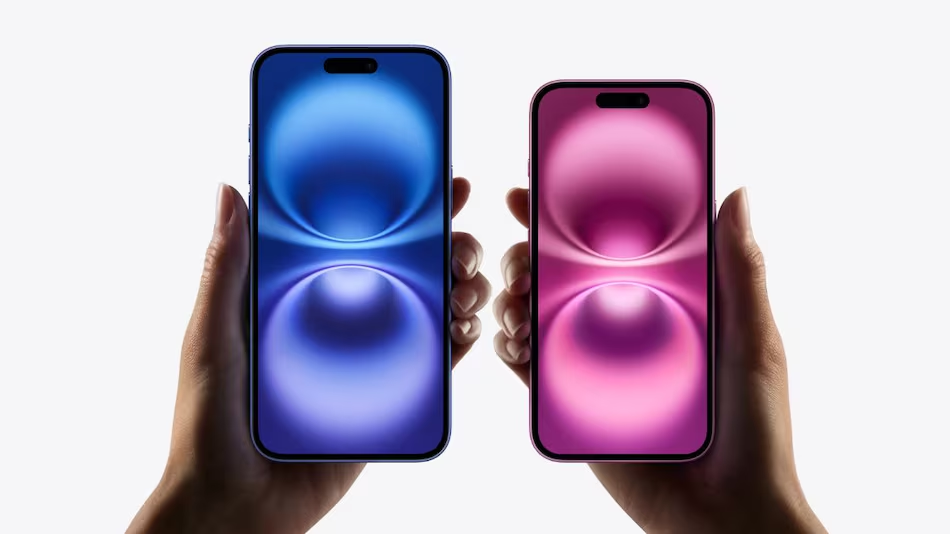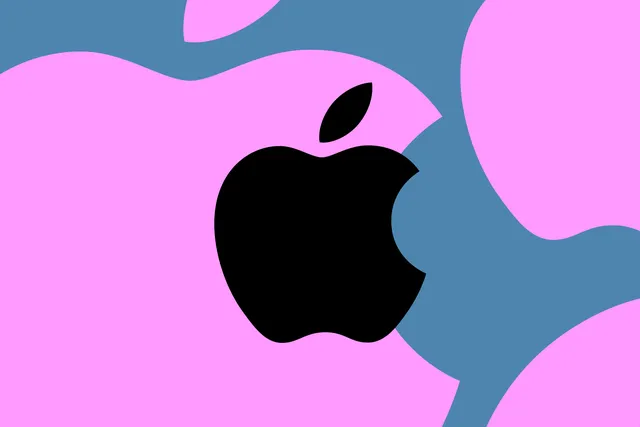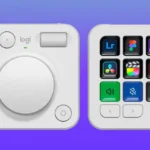Apple will reportedly phase in house-made modems even earlier than that.
Apple has always pushed boundaries in its pursuit of self-sufficiency, and the tech giant may soon take one of its boldest steps yet—releasing an iPhone with an entirely Apple-built wireless experience. Industry-renowned analyst Ming-Chi Kuo recently stirred up excitement by revealing that Apple plans to introduce its in-house Wi-Fi and Bluetooth chips in the upcoming iPhone 17, expected to launch in the second half of 2025. This change marks a significant milestone in Apple’s quest to move away from third-party suppliers and gain even greater control over its hardware ecosystem.
The Long Road to Apple’s Own Wireless Chips
Apple’s move to design its own chips isn’t just a trend; it’s a strategic shift that has been years in the making. In 2019, Apple acquired Intel’s modem division—a clear sign it intended to go all-in on developing proprietary components to reduce reliance on industry heavyweight Qualcomm, with whom Apple has had a long-standing, often contentious, business relationship.
While the tech world anticipated Apple’s first custom modem would debut in the iPhone 15, the endeavor proved more challenging than expected. Reports indicate the initial goal was overly ambitious, with Apple running into unforeseen technical challenges. Modems, as it turns out, are notoriously complex, and the quality standards are exacting. Meeting Apple’s standards would require meticulous research, testing, and refining.
Still, the investment appears to be paying off. Kuo believes Apple is on track to unveil its custom Wi-Fi and Bluetooth chips in the iPhone 17—a move that, if successful, could drastically alter the tech landscape by challenging traditional suppliers like Broadcom and Qualcomm.
iPhone SE 4: Apple’s First Custom 5G Modem Device
While the iPhone 17 will likely be the first to incorporate both Apple’s Wi-Fi chip and modem, we might get a preview of Apple’s progress with the anticipated iPhone SE 4. Slated for a spring 2025 release, the SE 4 is expected to be the first device to use Apple’s own 5G modem. However, it will continue to rely on Broadcom for Wi-Fi components—perhaps a sign that Apple is taking a gradual approach to fully in-house connectivity components.

Beyond its connectivity advancements, the iPhone SE 4 is also rumored to include substantial hardware upgrades that could bring it closer to flagship standards. Notable reports hint that Apple is planning to elevate the SE series significantly, with rumored features like an OLED screen, Face ID, and Apple’s proprietary AI technology. These enhancements could make the SE series a more compelling offering, though they might come with a corresponding increase in price.
What Does Apple Gain by Moving Away from Broadcom and Qualcomm?
For years, Apple has worked towards establishing control over every facet of its devices, from software to hardware. Owning the core technologies behind its wireless functions—Wi-Fi, Bluetooth, and 5G—would solidify this autonomy. Currently, Apple uses modems from Qualcomm and Wi-Fi chips from Broadcom, both of which contribute to the device’s communication with cellular towers and Wi-Fi networks.
Apple’s move towards proprietary wireless components is likely about more than just autonomy. By designing its own chips, Apple could optimize wireless performance to better suit its own devices and software, potentially improving battery life, data transfer speeds, and signal reliability. A fully integrated chip could also allow Apple to shrink component size, freeing up space for other features or a larger battery. As Apple continues to invest in fields like AR, VR, and artificial intelligence, the ability to control exactly how its devices connect and communicate could prove invaluable.
Potential Impacts on the Broader Technology Industry
If Apple succeeds with this move, it could potentially reshape the landscape for wireless components and networking technology. Broadcom and Qualcomm, as two of Apple’s current chip suppliers, may feel the impact of Apple’s shift towards internal development. For Qualcomm, losing a major client like Apple for its 5G modems would mean a significant reduction in revenue, even though the process may be gradual as Apple phases out third-party chips across its product lineup.
Moreover, Apple’s efforts could signal to other major tech companies the viability of in-house wireless solutions, especially as the demands for connectivity continue to increase with innovations in augmented reality, IoT, and more. Apple often sets trends within the industry, and this could inspire others to pursue similar ambitions, potentially spurring a new era of competition and innovation within wireless technology.
What to Expect from the iPhone 17
The iPhone 17 is shaping up to be a monumental release, thanks to its anticipated use of Apple’s custom Wi-Fi, Bluetooth, and 5G chips. If the rumors hold true, the phone could usher in a new level of Apple integration and performance optimization that could set a new standard for smartphone connectivity.
For users, this might mean smoother, faster internet connections, lower latency, and better data management across networks. Those who regularly stream, game, or depend on high-speed internet on the go might especially benefit from the enhancements in data transfer and efficiency. Apple’s engineering team will likely focus on maximizing energy efficiency, which could translate to noticeable improvements in battery life as well.
Final Thoughts: The Future of Apple Connectivity
As we edge closer to 2025, it’s clear that Apple’s ambitions to reduce dependence on external suppliers go beyond just business strategy—they reflect a vision of complete hardware-software harmony that Apple has been working toward for years. The integration of custom chips into core devices like the iPhone could ultimately result in products with unprecedented levels of speed, efficiency, and integration, all wrapped in Apple’s signature seamless design.
With the iPhone SE 4 acting as a bridge to Apple’s fully custom modem technology, and the iPhone 17 likely being the first to feature a complete suite of Apple-made connectivity chips, the future of Apple’s wireless technology is on the brink of a major transformation. If these devices deliver on their promises, we may soon find ourselves in a new era of smartphone connectivity—one where Apple’s vision of complete control and ultimate optimization is finally realized.










